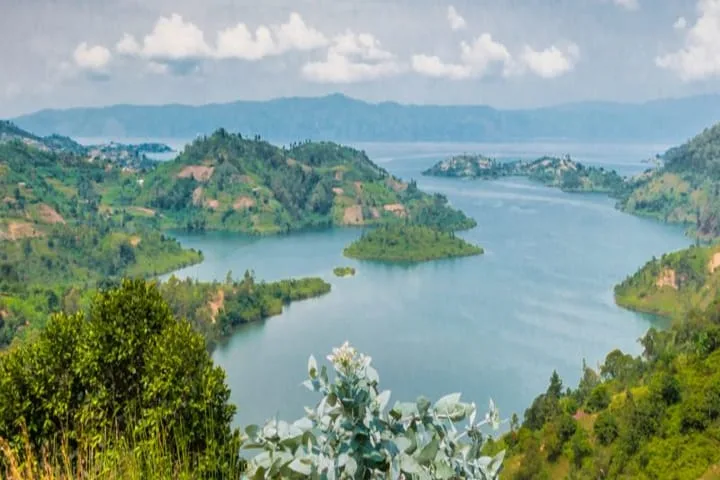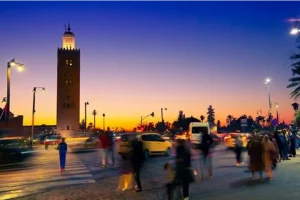The serenity and scenic beauty of Lake Kivu with its green hills and crystal clear water is highly deceptive as deep within these waters there is an enormous quantity of potentially explosive gases.
Kivu is one of Africa’s great Rift lakes which is located between the Democratic Republic of Congo and Rwanda and in its depths have dissolved carbon dioxide and methane which has come into being due to volcanic activity spread over thousands of years. If and when released, this can lead to unprecedented devastation as per a report in sciencealert.com.
When this rare event is activated it will be what is called limnic eruption which according to Francois Darchambeau, Environmental Manager from KivuWatt, would bring about "a huge explosion of gas from deep waters to the surface". Following this the cloud of poisonous gas and the large waves will put lives of millions in jeopardy.
KivuWatt is the company that is drawing out gas from the water of the lake to generate electricity.
Talking to AFP, a limnologist, or freshwater systems expert said: "This is what we call a killer lake.” Interestingly, there are three such lakes in the world, Kivu, Nyos and Monoun lakes in Cameroon’s northwest region. Limnic eruptions took place in the latter two in the 1980s and release of toxic carbon dioxide killed more than 1,700 people at Nyos.
While these disasters took place in rural regions, any event at Kivu will put nearly two million people “at risk”. Fear grips the people in DR Congo and Rwanda, with tales of people missing while swimming in the lake probably due to suffocation.
Despite all the dangers that surround this lake, it holds promise of prosperity for lakhs of people. As it has a large quantity of gases, KivuWatt saw it as a window to generate electricity. The company’s floating platform situated on the Rwandan portion of the lake, pumps water which is full of methane and carbon dioxide to the surface from nearly 1,150 feet or 350 metres. With the change in pressure, the gas and water separate.
Also read: Finally, scientists explain the ‘teapot effect’, the dribbling of the liquid outside the teapot
Explaining the process, KivuWatt director Priysham Nundah said: "It is like opening a bottle of soda,” describing the project as "halfway between a thermal and a renewable energy plant".
Methane which is extracted is transported to the other facility which is situated onshore in Rwanda, for generating electricity. The other gas, carbon dioxide is pumped back into the lake at the precise depth to make sure that the delicate balance remains.
Fear struck recently in early 2021 when the active volcano Nyiragongo, which lies in DR Congo and north of Kivu became active with the lava killing 32 people and destroying hundreds of homes. Earthquakes shook the area. The scene was visible to KivuWatt’s engineers.
Recalling Nundah remarked: "It was very frightening. When the rates of earthquakes and the frequency of earthquakes started to rise… no one could really say what would happen."
Also read: Will the melting of ‘doomsday glacier’ spell the end of Shanghai, Tokyo, New York and Mumbai?
While shutdown was considered it was not implemented and any such move would have had a serious impact on Rwanda which gets 30 per cent of its annual electricity from KivuWatt.
The speed at which gas is extracted is what will decide reduction in the gas reserves of the lake. As per Martin Schmid, a researcher at the Swiss Institute for Water and Environmental Research, "Just with KivuWatt alone it will take, I don't know, centuries to have really a reduction of methane in the lake.”




















